Chingri
or prawn is always favorite sea food for us. In Bengali cousin we have lot of
famous dishes with prawns like Lou chingri, Chingri malaicurry, Vapa chingri, Dab
chingri etc. Actually prawn has an awesome taste which can turn any dish a
delicious one from a very average. And cooking time is also very short. In my
blog you will get lots of recipe with prawn. This time I am sharing steamed
prawn recipe which is one of our favorite prawn recipe.
I learned this dish from my mom and she learned
from her friend. In this recipe I added coconut but my mom and aunt never added
it. One of friend said they generally add poppy seed paste. But we don’t. Some
people obviously will say no need to use chopped onion but I used. If you want to skip coconut, onion you
can. Even you can add poppy seed paste. But don’t replace mustard paste.
Without mustard paste this dish will be incomplete. In most of the steamed
recipe in Bengali cousin you will get use of mustard paste because of its
pungent taste, which makes the dish more sumptuous. For more steamed fish
recipe you can check vapa Ilish recipe in my blog.
The
quantity of ingredients is for 2 persons.
Ingredients:
Prawns
– 15/20 medium size
Mustard
paste – 1tbsp
Coconut
paste – 1tbsp
Chopped
onion – 1small size
Salt
Turmaric
powder – 1 tsp
Mustard
oil – 1and1/2 tbsp
Green
chilli – 5/6pcs
Recipe:
Clean
the prawns, deveined and deshell it. If you want to keep head portion you can
keep.
Take
a mixing bowl and put all ingredients except green chilli and oil.
Mix it
and add ½ tbsp oil in it.
Now
take a steel tiffin box and put the mixed prawn with spices.
Drizzle
remaining oil on it and put green chillies.
Cover
the box.
Now
you have to steam it.
Take
a large vessel and put some water.
Then
keep a small stand in the vessel and keep the box on the stand.
Cover
the vassal and steam it for 10 - 12 minutes.
Prawn
cooks very fast.
When the
water comes to normal temperature, remove the box and your steamed prawn is
ready.
Serve
with hot steamed rice and enjoy your meal.
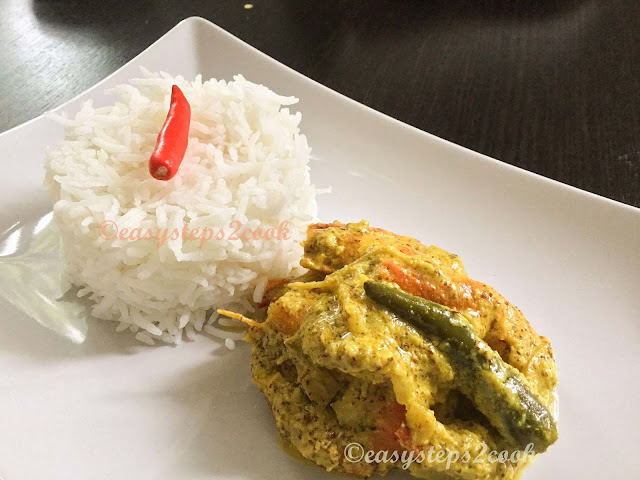
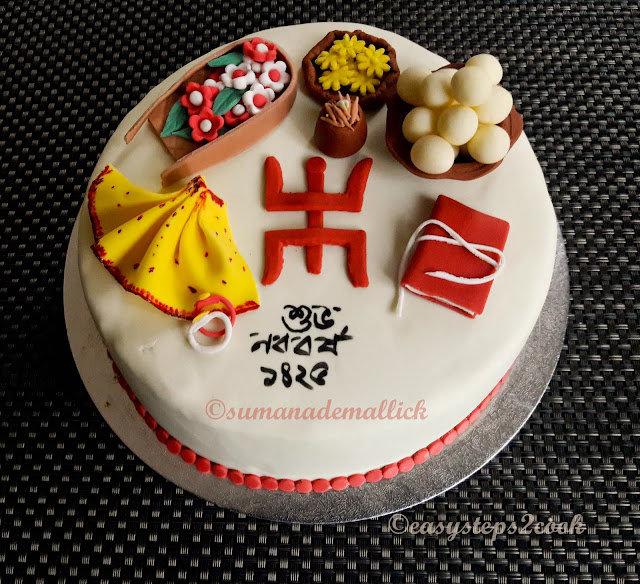
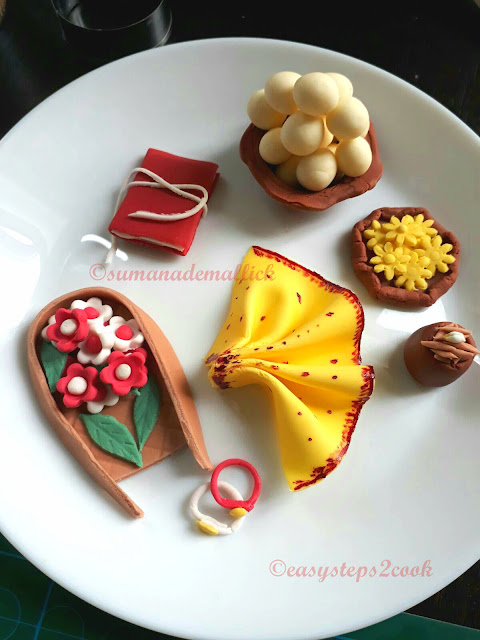
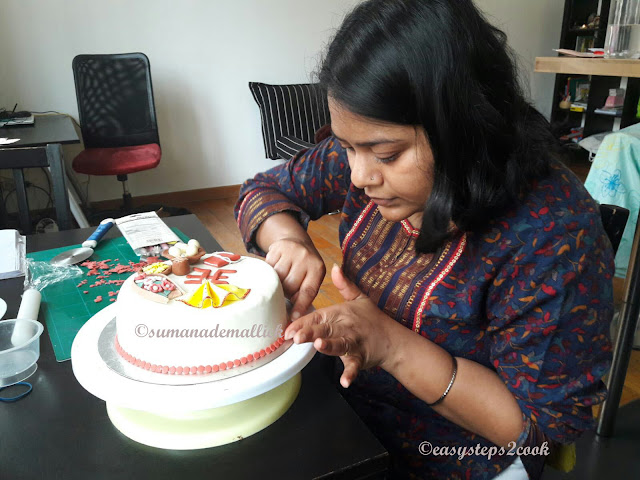
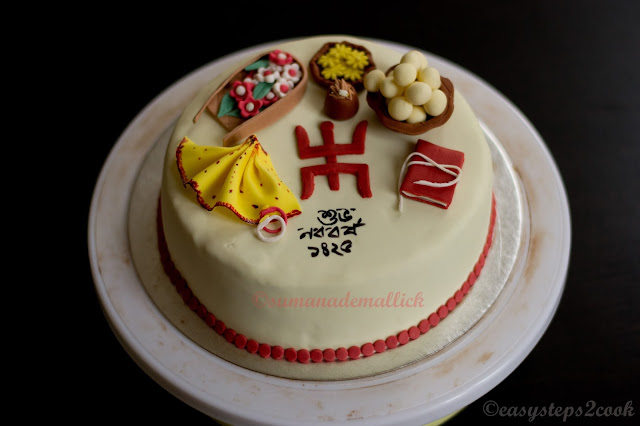
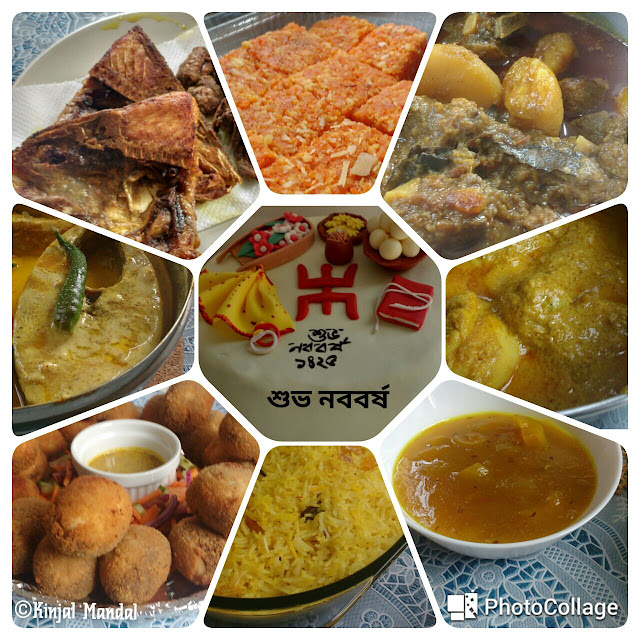
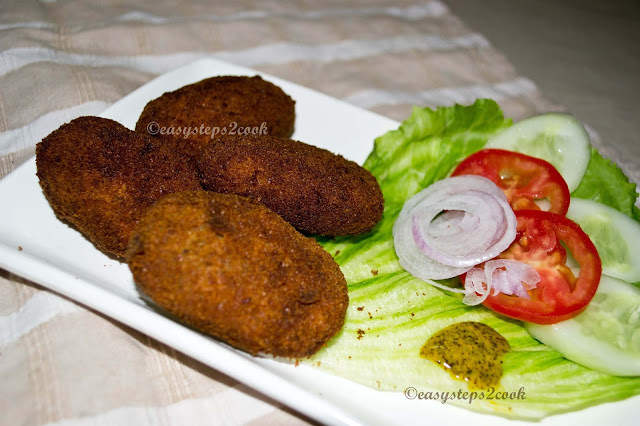
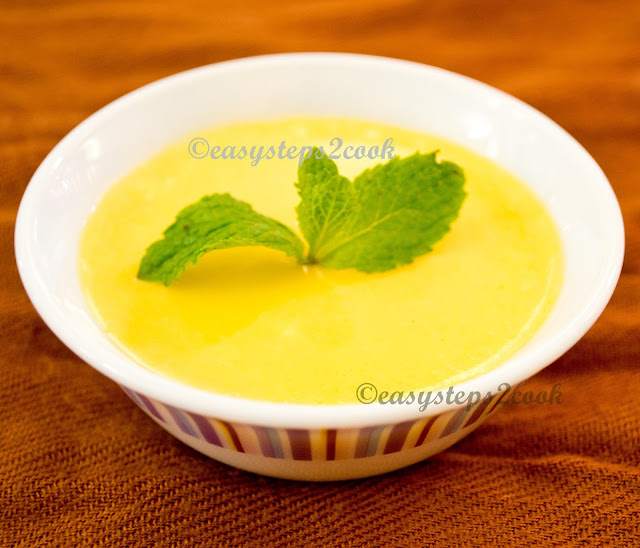
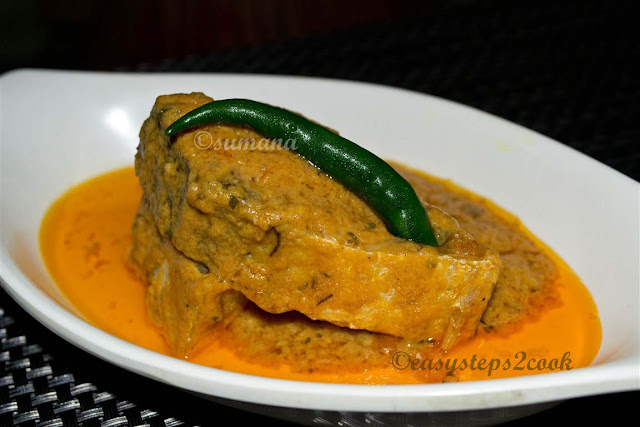
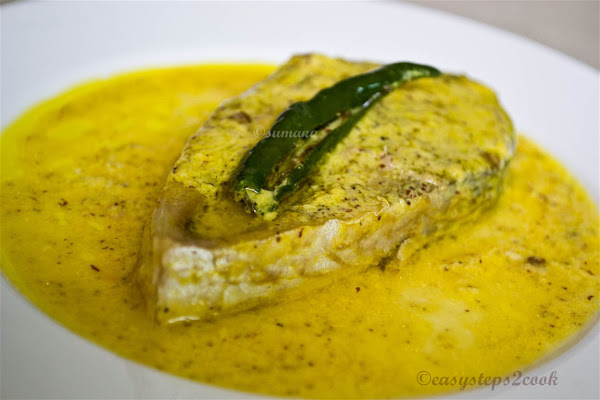
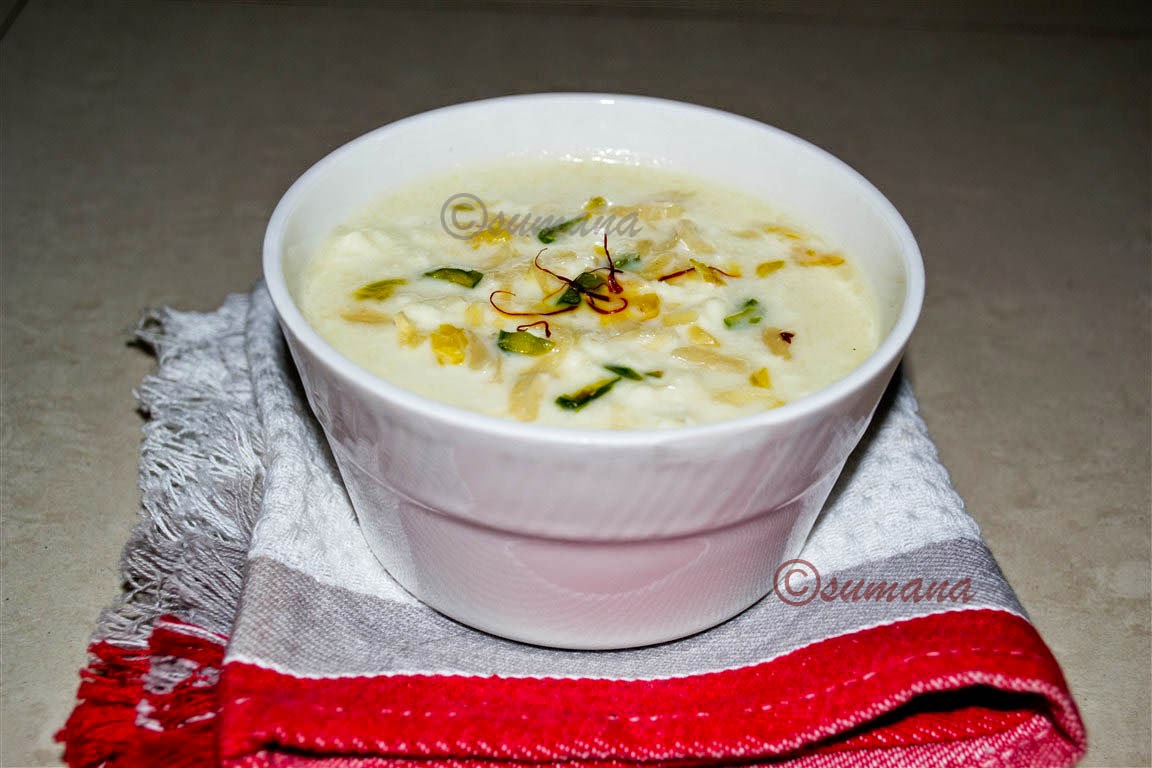
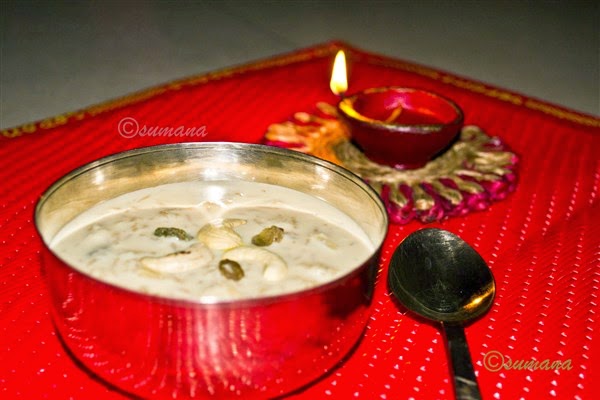
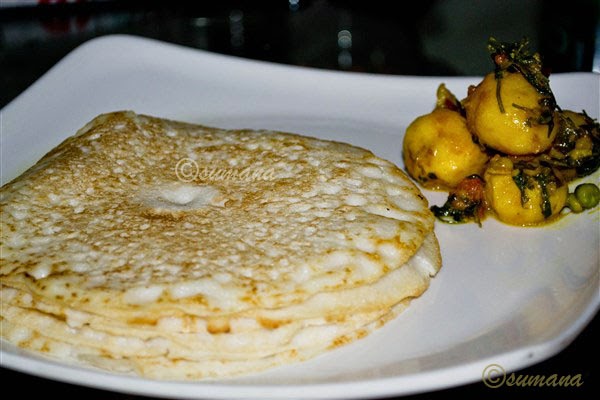
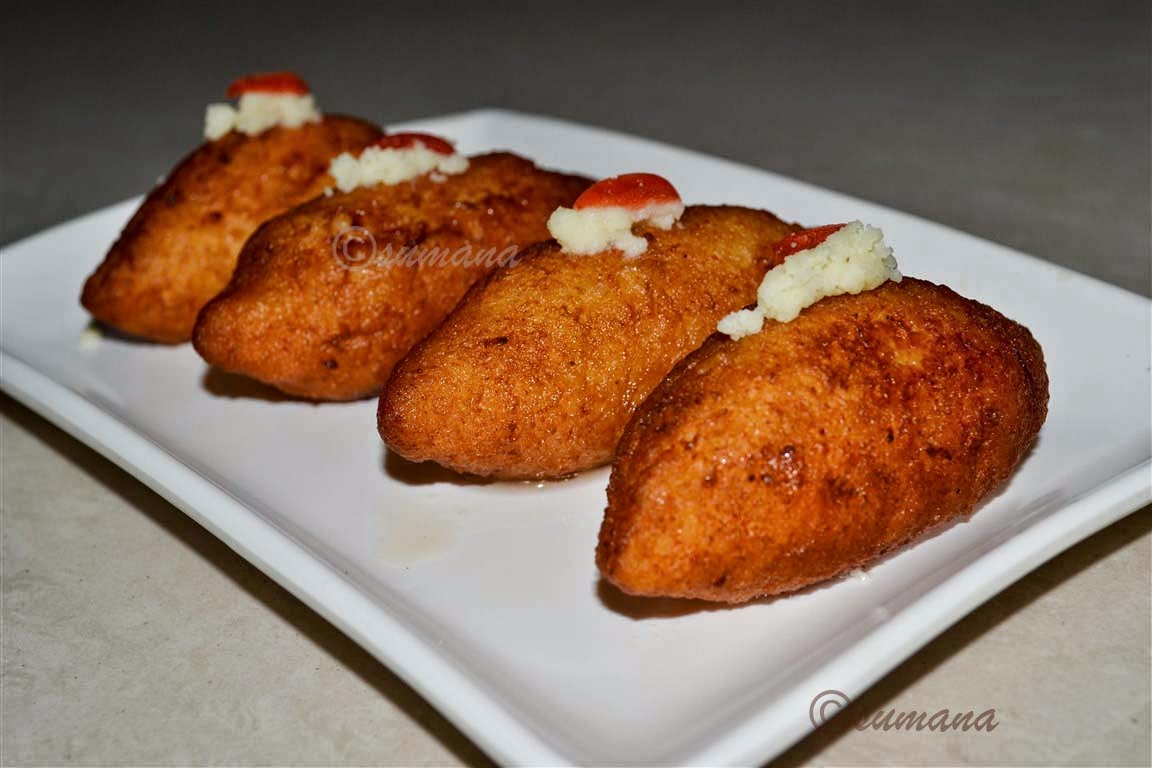
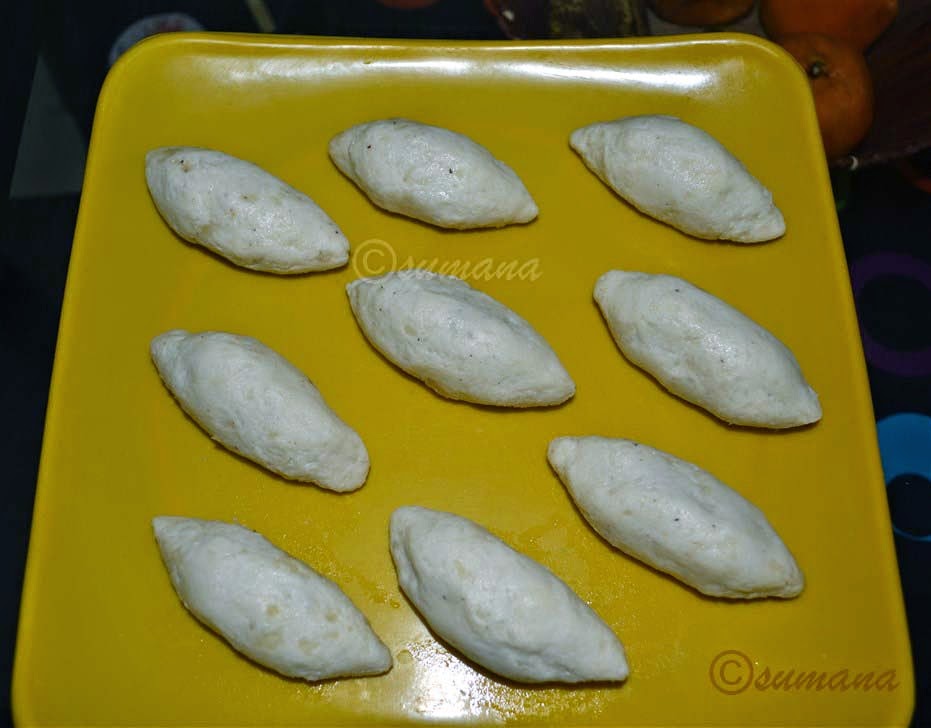











+copy.jpg)

